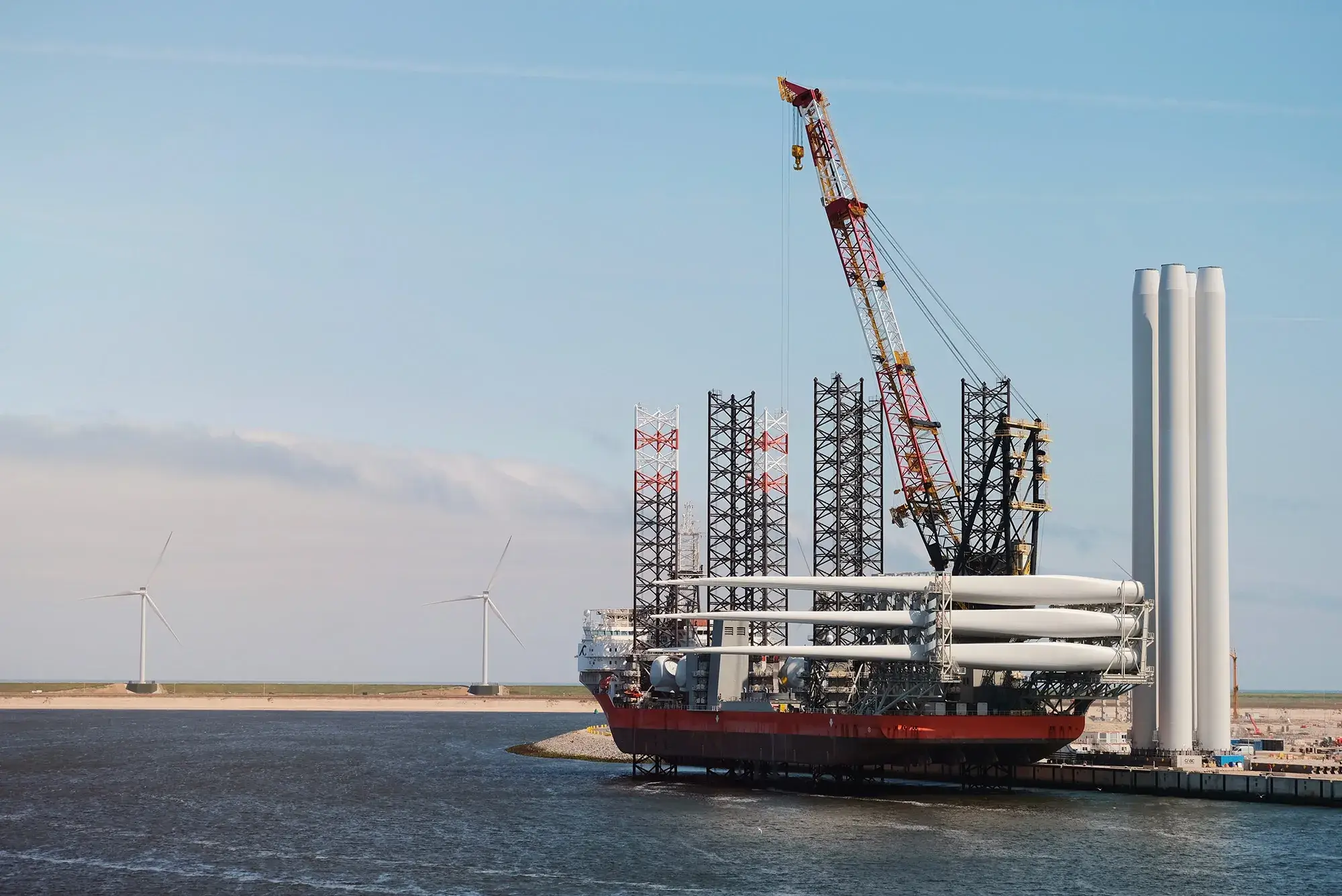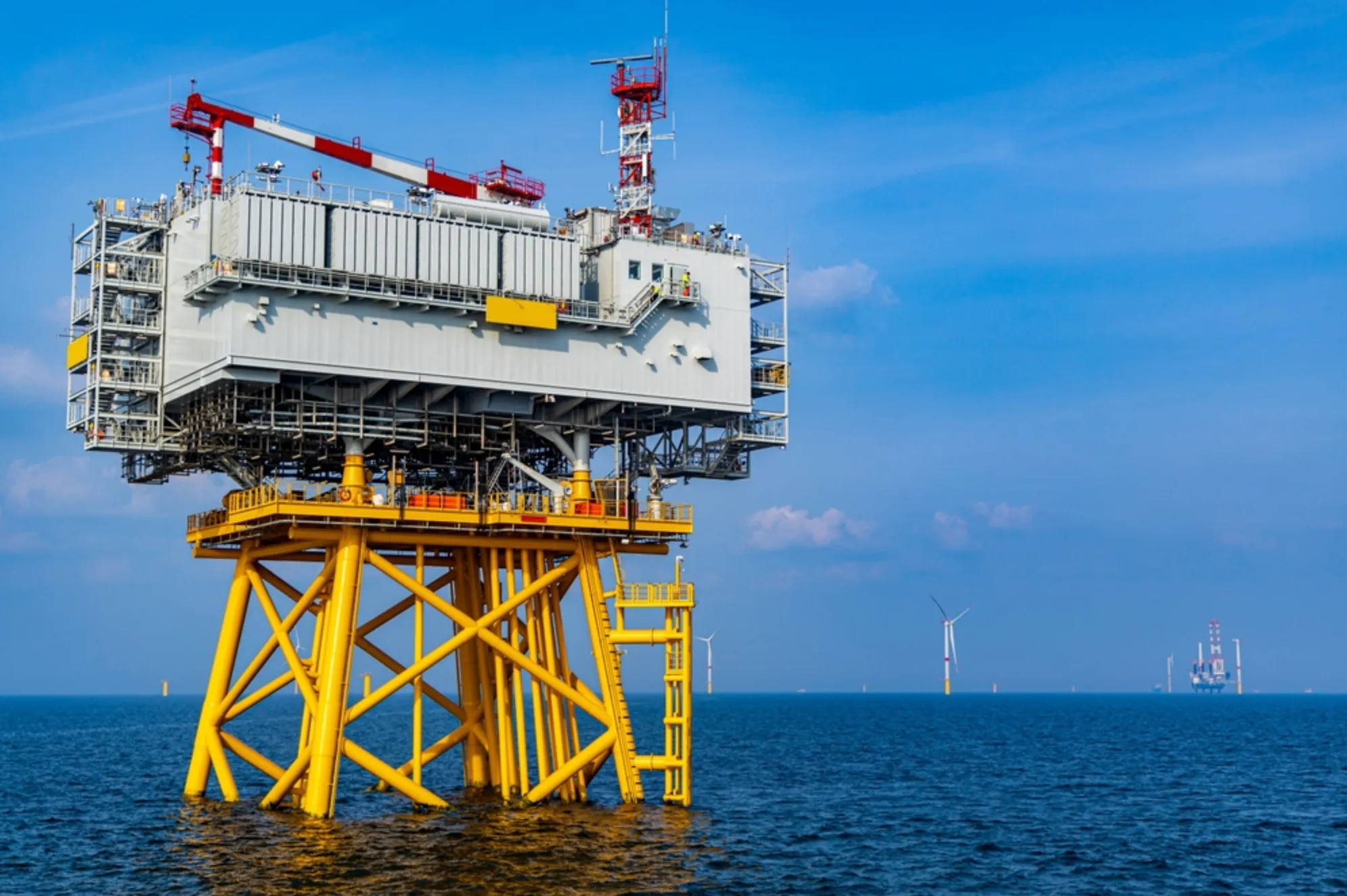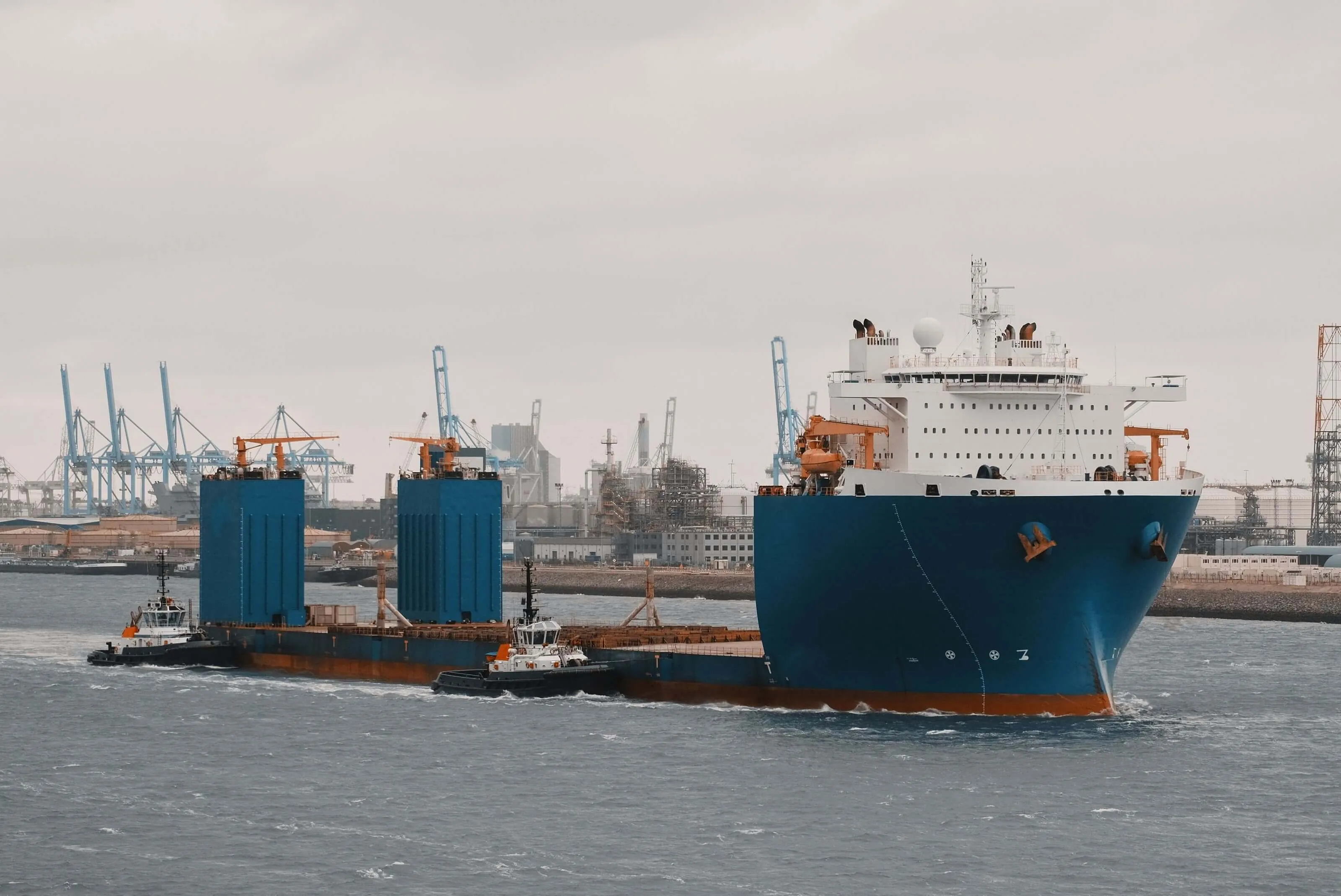Offshore wind developers juggle numerous considerations when bringing a project to completion, from sourcing components to vessel availability to meeting stringent environmental criteria and navigating the ever-tightening global supply chain.
One of the primary supply chain considerations is port availability and the capabilities of those ports. Increased demand in both the floating and fixed offshore wind categories, as well as the demands of the oil and gas sector alongside other offshore industries, is already seeing ports struggle to keep pace. Finding a port that has the required capabilities, fits any regional requirements, and is available at the right time is a challenge all developers face in today’s market.
Context
Offshore wind requirements are changing how port capacities are booked up, and developers need to ensure that port capacity will be available for upcoming projects much earlier in the planning stage. Capacity and capability are only part of the puzzle, however, as it is also crucial for developers to be able to study previous projects: what facilities were used for manufacture, marshaling, or ongoing operations and maintenance? By analyzing these previous scopes, the development team can compare and benchmark with their project needs to ensure the correct facilities are selected.
Challenge
An offshore wind developer required a ports analytics module that would bolster the knowledge of their in-house analysis team. They required an agile, one-stop solution that would provide intelligence and analysis of ports and seamlessly integrate with their own data points and market knowledge.
Spinergie’s Market Intelligence Solution
Identify the ports and quays suitable for your offshore wind projects
Spinergie’s Ports and Quays data sets are available through a new intuitive dashboard and via an additional layer to the existing map functionality. The first step for the developer was to turn to the heart of the Market Intelligence solution: the Live Map.
The Live Map provides at-a-glance access to the ports closest to a project location. Color coding makes it easy to see headline details about a port, whether it is multipurpose or more specialized, such as a cable facility or wind factory. A simple switch of the legend changes the coding to show the port's status, making it clear which facilities are active and which are still in the planning stage.
For the developer, they were seeking to bolster knowledge across all points of their upcoming projects, from installation through to the operations and maintenance phase. As such, the map provided an initial overview of potential port facilities. The developer also overlaid the Ports and Quays map layer with the Wind Farm layer to give a visual of the region and which other wind farms could potentially also be seeking to use such facilities in the future.
Within the Live Map, Spinergie’s Tooltips provide a quick view of key technical specs and vital information about a selected port or quay. For active ports, this means users have immediate access to the most crucial details of a port, including draft and length of the quay, lifting capacities, and crane detailing. Any already available specs, including the expected installation date, will be visible for planned ports.

Once a long list of potential port prospects was created, the developer utilized advanced filtering capabilities to sift through the vast quantity of information to see only what was relevant to them. Initial filters can narrow a search down by region, country, type of facility, and manager. From there, quay filters are added to find the exact matches for the equipment and scope a project will require.
It can be difficult to screen ports, but these powerful filters make it possible to dig deep into technical requirements, uncover Spinergie’s calculated specs, and provide the groundwork for confirming the prior experience of the facility. From the Live Map, Spinergie’s agile and intuitive solution allows users to bring the search with them into the Ports and Quays dashboards for further exploration and analysis.
Benchmark and compare quay facilities
Once the developer created the long list, they turned to the Quay Comparator, where any number of the facilities indexed by Spinergie can be viewed side by side. All specifications are available when viewed through the comparator, with saturation-color coding showing how high the specification is at a glance.
The developer was keen to understand the heavy-lift capabilities at a specific port. So, the comparator tool allowed them to view all suitable quays at that facility to select the best option for their scope of work. This analysis can be used for turbines, foundations, or heavy operations and maintenance work.

The developer used further functionality within the Quay Comparator by easily downloading directly to an Excel spreadsheet to share among colleagues for further reference and discussion.
Analyzing previous activity at a port or quay
Spinergie’s powerful scheduling tool has been incorporated into the Ports and Quays module to show previous and current port activity. Access to comprehensive scheduling proved invaluable to the developer as they sought to learn the performance of past projects and what lessons could be learned moving forward.
The Schedule provides insight into how ports and quays have been used in the past and for what work scopes. Likewise, the schedule can be used to benchmark activities and timelines. Tooltips come into play here, with additional project data and timings available by clicking on any work scope. Users can see the scope duration, how many trips were involved, and the vessels' specs.
Additional data points are available within the Fact Pages of each port or quay. Fact Pages contain the crucial specifications of each port with in-depth past and future scheduling details. Furthermore, a series of the port's major specifications, such as draft, depth, length, width, and gross tonnage, are analyzed in detail. Each spec is displayed on a dedicated chart, aggregating data from over eight years of activities from thousands of vessels observed. For example, the developer was able to use this section to gain a clear graphical representation of the observed draft at a port, how many vessels have utilized the facility for that draft, and what the maximum vessel draft has been at the port. This gives real-time examples of specifications in practice, reassuring that a facility has successfully handled previous scopes of a particular specification. Other metrics included in the Specifications Checker are depth, length, width, and gross tonnage.

Further analytics at the port Fact Page include an extensive weather library, vessel activity, time spent at quay per vessel, and tide tables.

Result
The developer was provided with a comprehensive analysis of the port facilities within their region of interest. They gained clarity on what experience their shortlist of port facilities had in the past through contextual Spinergie intel. Access to past activities at the port and understanding how much activity had been observed by vessels at the required spec was crucial for the developer to make an informed final decision for their upcoming project.
Contact us today to request a demo of the new Ports and Quays dashboard and discover how it can help your team in planning your upcoming offshore wind projects.
Our team will show you exactly how we can adapt the solution to your needs.




.webp)

